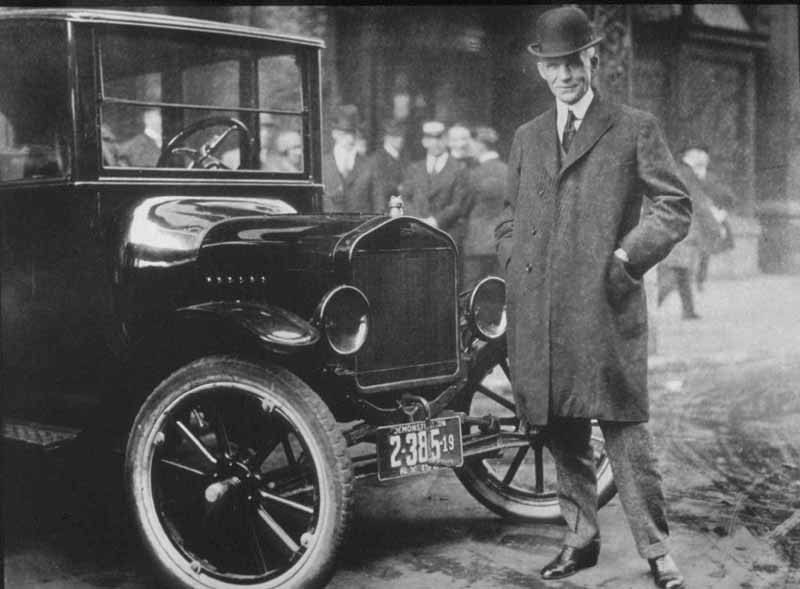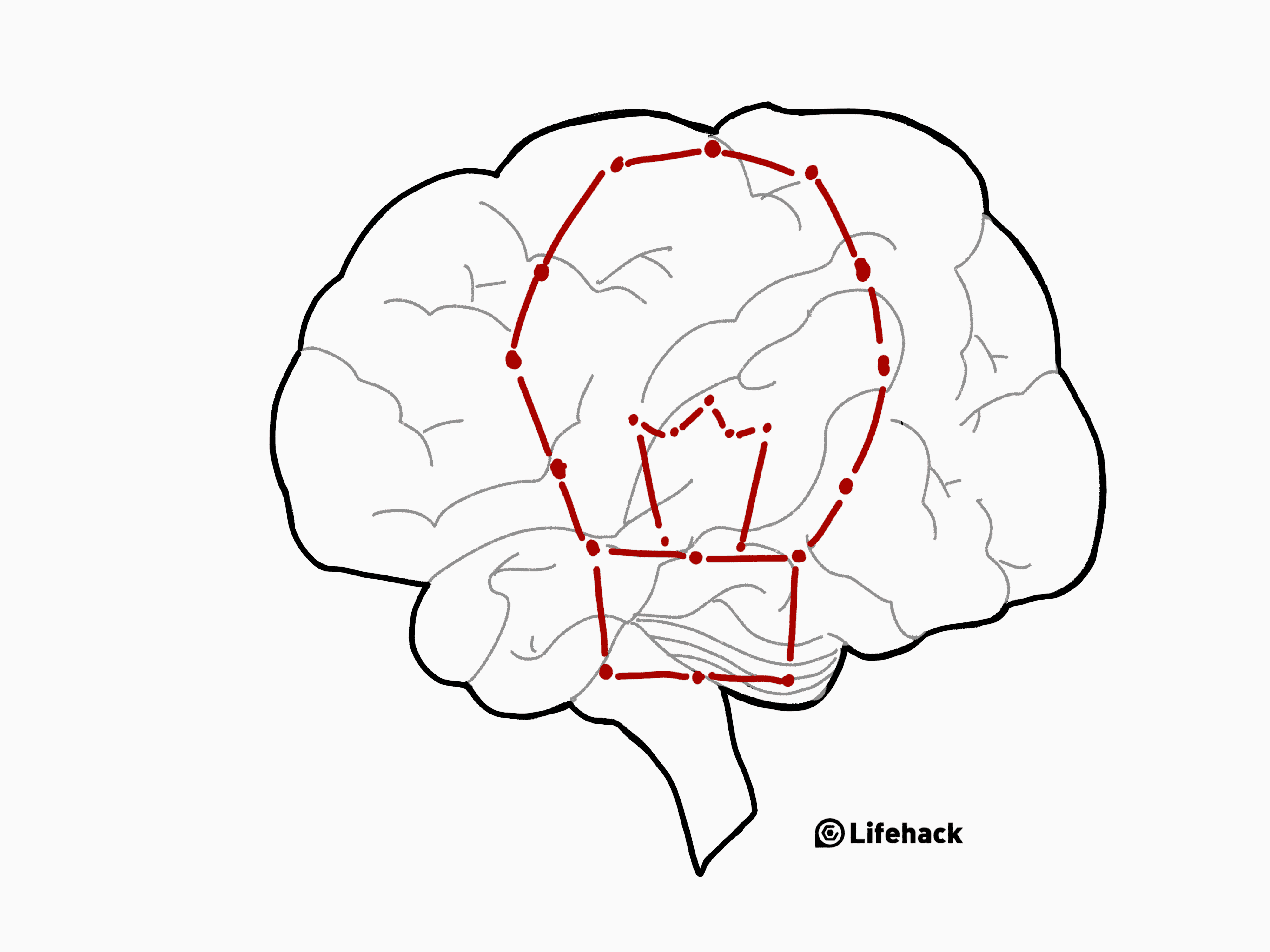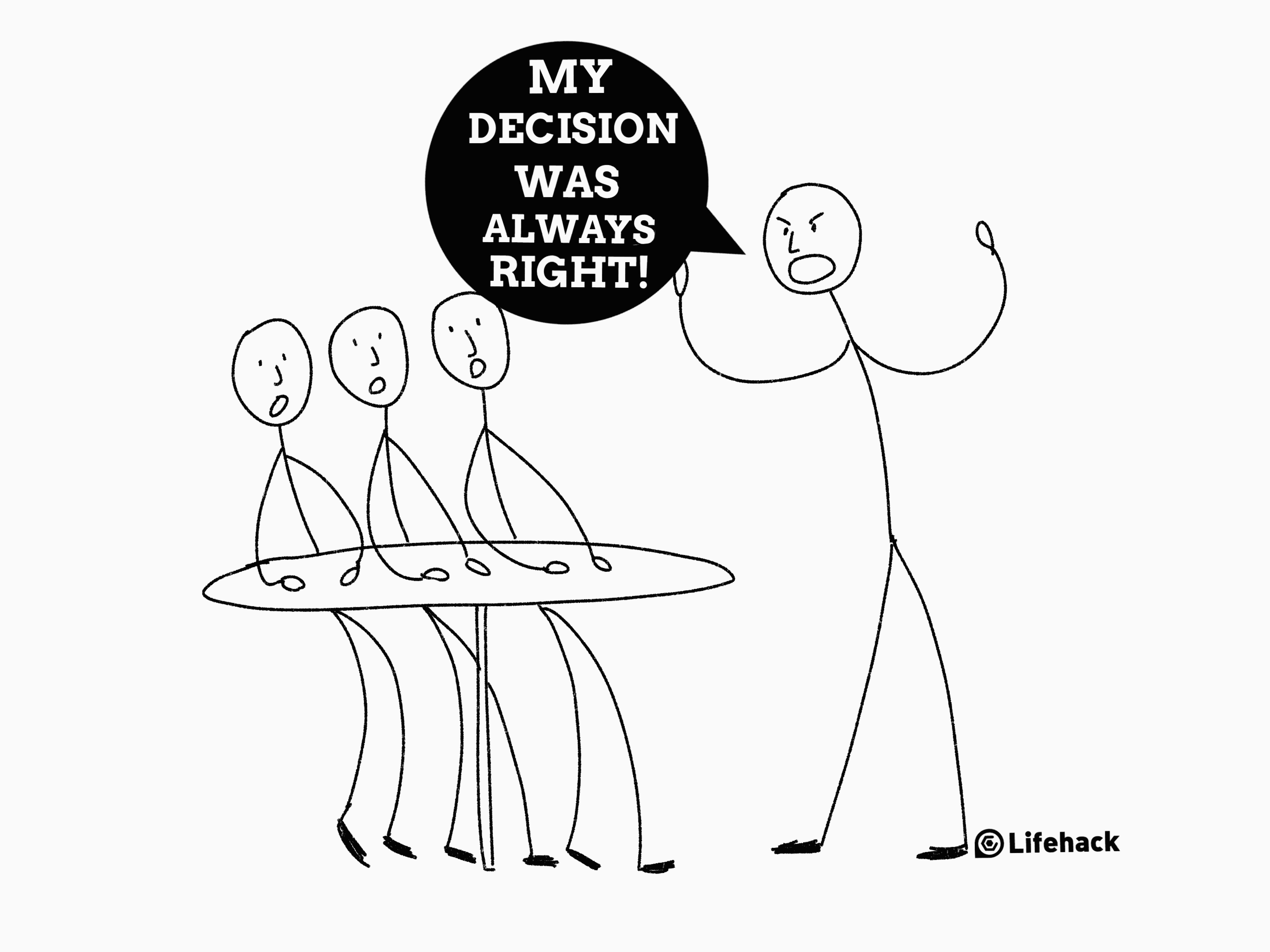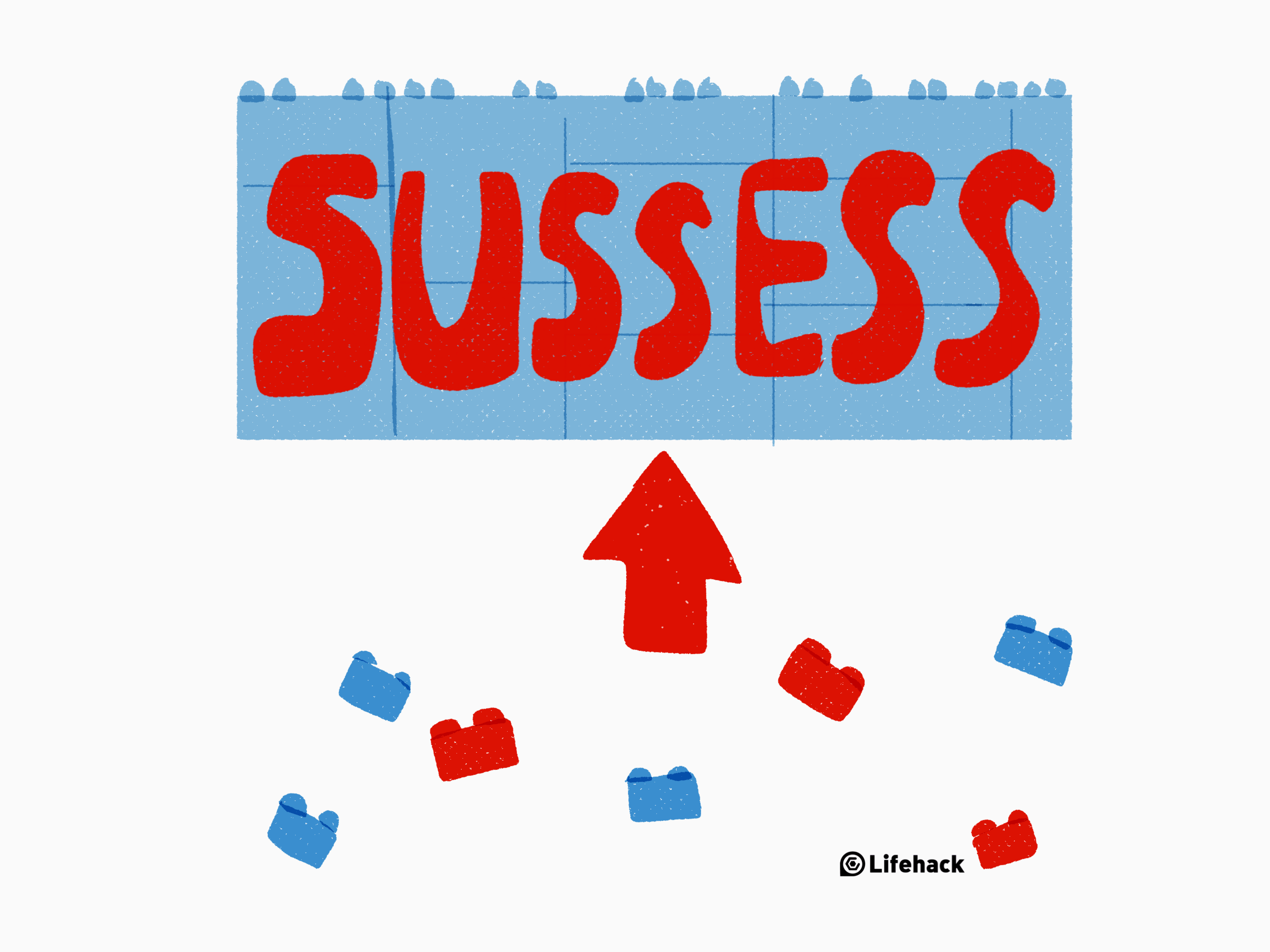To have a wonder trip, it involves a bunch of small decisions: How do you decide on the perfect destination? When should you travel? Where to stay? What adventures and excursions should you try? Let’s use Henry Ford’s car business to illustrate how this process works. Most people believe that Ford’s decision to mass produce the Model T is the lynch pin in his success. However, what we fail to see are all the tiny decisions added together that produce a large result.
Here are the smaller more significant decisions Ford made that made mass producing the Model T the success it was:
He reduce the standard workday from nine hours to eight. He doubled the workers pay
These two decisions alone reduce employee turnover from 370 percent to just 16 percent. And even though he reduced the workday by an hour productivity rose from 40 percent to 70 percent. His decision to focus on employee moral and invest in and improve the lives of his workers made him the world’s greatest automobile maker and a billionaire. This was after he reduced the price of the Model T from $800 to $350 over a nine year span. All these actions, reducing the amount of hours worked per day, doubling their pay and lowering the retail price of the car seem counterintuitive and should have made him lose money. But by making a few smaller decisions that really matter led to the overall decision of mass production a smashing success.
Don’t we naturally think that bigger is better?
Research shows that the human brain is hard-wired for efficiency.[1] It seeks and finds the most efficient and energy saving method to do everything. So if possible, our brain would desperately want to just make one big decision that will be beneficial for once and for ever. Conscientiously, you are unable to comprehend and understand the process our brain undergoes to do the smallest tasks. You are only aware of larger tasks and processes which are an aggregate of millions of tiny decisions your brain undergoes every second. This process and logic should be applied to larger decisions that must be made. You must make multiple small decisions to reach the big one.
Big is a burden
There is a reason that big decisions are too hard to make. When you try to make a big decision, you expend a lot of time working and reworking an idea. You try to perfect it. You try to view it from all angles and try to avoid all negative consequences. Aiming for the perfect solution can actually delay and hinder the decision-making process. Very few decisions are perfect without any negative consequences. Striving for a no-consequence solution can lead to you not making a decision at all. And when no decision’s made, nothing’s executed, and nothing gets accomplished. Big decisions are also very hard to change. Once you’ve made a big decision, it’s harder to go back and change what’s been done. When you hang you all your hopes on one big decision, you are setting yourself up for a big success or a huge disaster. The greater the risk, the greater the consequence. A bad decision can alter your future, ruin your business, cost you money or even a relationship. And when you expend copious amounts of time and effort in making such a large decision, you are more apt to be blind to the fact that your decision was a poor one.
You’ll stick with it and defend it. You are less likely to change your course which can end up costing you even more time, energy and resources. It’s hard to cut your losses when you make a huge decision.
Small is big
You’ve heard less is more, what about small is big? Most successes are not the result of one big decision. Instead, success is constructed from a slew of tiny decisions. Smaller decisions are more flexible. Making smaller decisions also allows you to mitigate risks. You don’t usually make a huge mistake from smaller decisions. Good small decisions create small wins. One small win leads to another and another. They form a chain of good decision-making. Big decisions are burdensome and heavy. You are more apt to put off making a decision when a big looming consequence is hanging threateningly over your head. Breaking a decision down into pieces and steps makes the process easier and much less daunting. You progress quicker and build confidence. If you decide to to change your lifestyle and eat healthy, it’s better to start by deciding which small actions to integrate into your lifestyle first. In lieu of going completely vegan all at once you may want to start by drinking one more bottle of water per day and replace your normal, unhealthy snacks with fruit. If you completely change your entire lifestyle all at once, you will become discouraged. And when you do, it’s hard to shake it off and keep going. However, adapting to drinking more water and eating healthier snacks is easier to adjust and stick to. When you become demotivated and fall off the wagon, it is so much easier to get back up and resume. The risk of failure is smaller which is far less burdensome than trying to cut all meat, dairy and eggs out of your diet in one swoop.
From bricks to walls
When you are faced with having to make a big decision, break it down into bite sized chunks.
Think about of the smaller components of this decision. Determine what steps you need to take and what resources you need.
Make small decisions about these things first. Each small decision adds to the larger one and before you know it, you’ve reached your intended goal. Think about Henry Ford and the small adjustments he made. By using the process of small decisions, he changed the entire manufacturing industry forever, impacted the lives of his workers, made the Model T affordable for the common man and became a billionaire during the process. Make your big decisions one small decision at a time. Featured photo credit: Freepik via freepik.com



